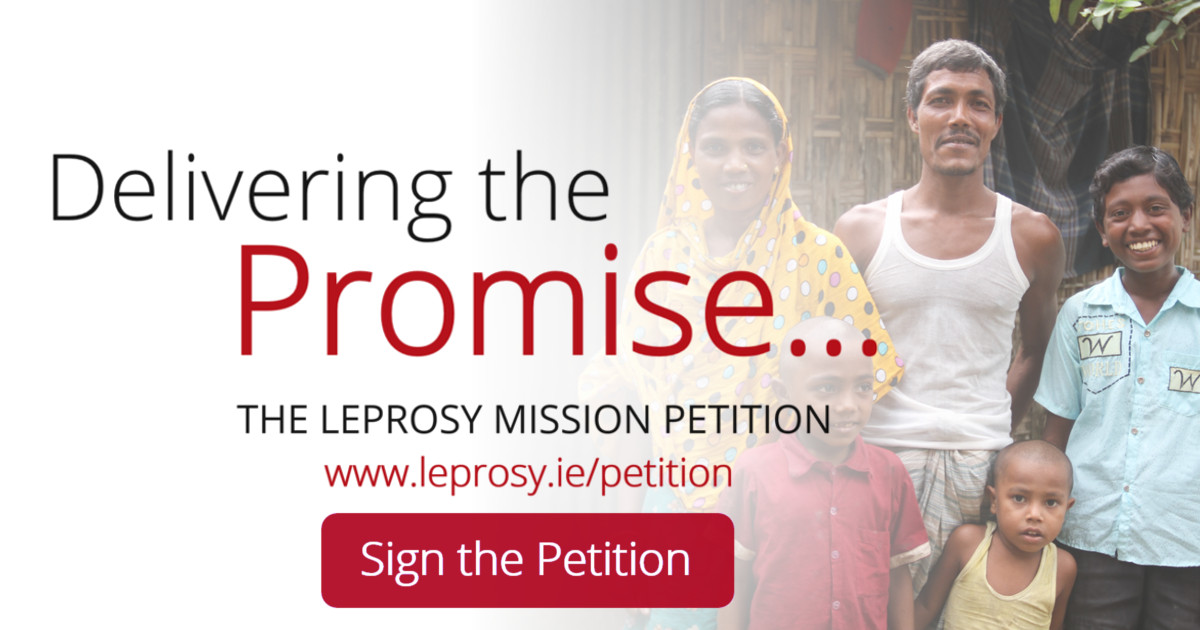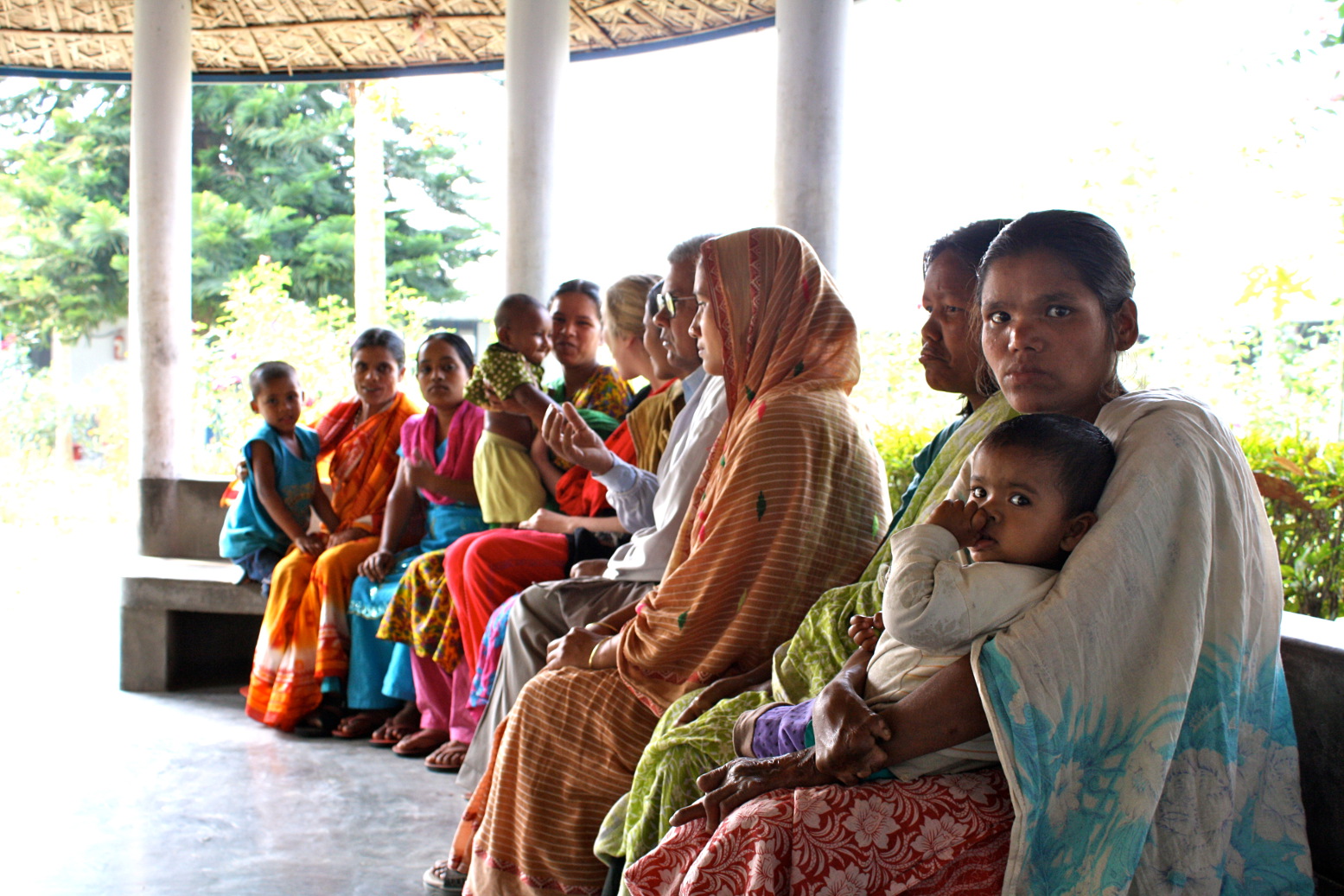Sunday was International Women’s Day. It adopted the strapline “Make it Happen”. It’s a clear statement that enough talking has been done – it’s time to ensure gender equality.
What is gender? When we’re born, whether we are male or female depends on whether we end up possessing a slightly different strand of DNA. If a baby has two ‘X’ chromosomes, it is a girl; otherwise, it is a boy. This boy or girl did not choose which genes he or she inherited. Likewise, the girl had no say in the colour of her eyes. She had no say in the colour of her skin. And she had no say in the culture into which she is born.
You could fit 36,000 of these X chromosomes of on the head of a pin with room to spare. Yet, because of this single extra X chromosome she has in each one of her cells, everything changes for this girl as she grows up:
4 major challenges for women’s rights:

|
|
“I raise up my voice – not so I can shout but so that those without a voice can be heard…we cannot succeed when half of us are held back.” – Malala Yousafzai |
- Severe violence: The WHO argues that, “Worldwide, it has been estimated that violence against women is as serious a cause of death and incapacity among women of reproductive age as cancer, and a greater cause of ill-health than traffic accidents and malaria combined.”[4]
- In Ireland: She has a 1 in 7 probability of experiencing severe domestic violence in the relationships she chooses. If she was had acquired a Y chromosome and had been born male, that probability would dramatically change to 1 in 17.[1]
- In Sierra Leone: If she lives in, for example, Sierra Leone and marries, data from the World Bank suggests that she has a staggering 85% chance of being beaten by her husband.[2]
- Risk of Rape: By global statistics, she has a 1 in 5 chance of being a victim of rape or attempted rape.[3]
- Sexual slavery: She is 49 times more likely than men to be trafficked and sexually exploited.[5] The average cost of a modern-day person sold as a slave is just around €83.[6]
- Leprosy ignored: If she contracts leprosy in Pakistan, it is highly unlikely to be treated promptly. Only 2 out of 657 officially diagnosed cases of leprosy in Pakistan are amongst women, when the expected ratio would be around 50:50. This lack of diagnosis and treatment, not unique to Pakistan, means that women are condemned to lives of unnecessary disability due to lack of treatment.[7]
All these statistics are based on a chromosome, a few micrometres (millionths of a metre) of DNA in each cell. How can something so microscopically small have such a disproportionate impact on a person’s life?
A person should not be discriminated against or considered inferior because she has two X chromosomes in her cells.
Stand against discrimination: Sign the petition

One simple way that I can offer you to stand against discrimination is to sign the Leprosy Mission petition to ensure that every person who has leprosy receives the care and cure they need. That includes those girls and women in Pakistan who are so obviously neglected.
Spread the word:
References:
[1] http://www.womensaid.ie/policy/natintstats.html
[2] http://databank.worldbank.org/data/views/reports/tableview.aspx?isshared=true
[3] http://www.womensaid.ie/policy/natintstats.html
[4] http://www.who.int/violence_injury_prevention/media/en/154.pdf
[5] http://www.equalitynow.org/node/1010
[6] https://www.dosomething.org/facts/11-facts-about-human-trafficking
[7] http://www.huffingtonpost.co.uk/marie-staunton/triple-jeopardythree-ways_b_6792454.html

Comments: